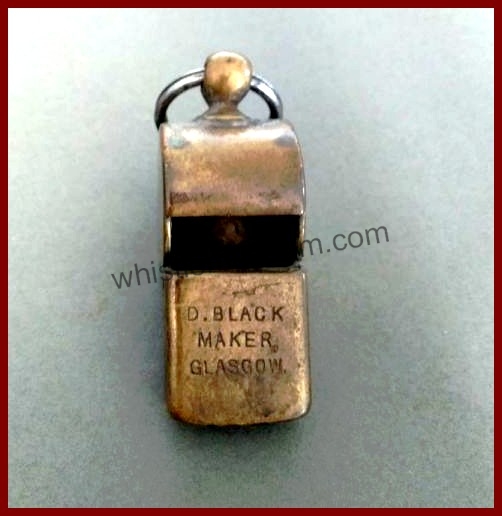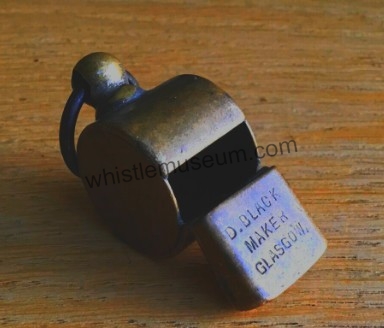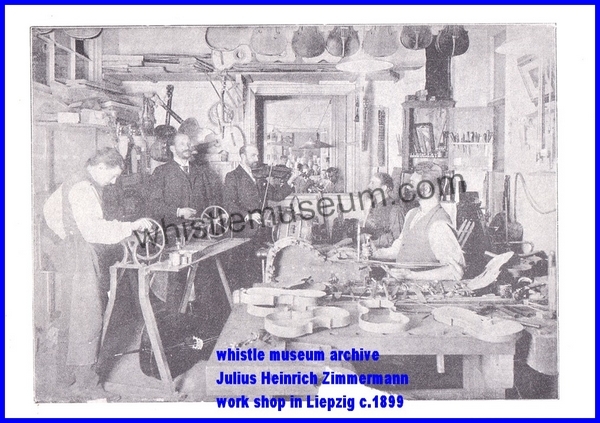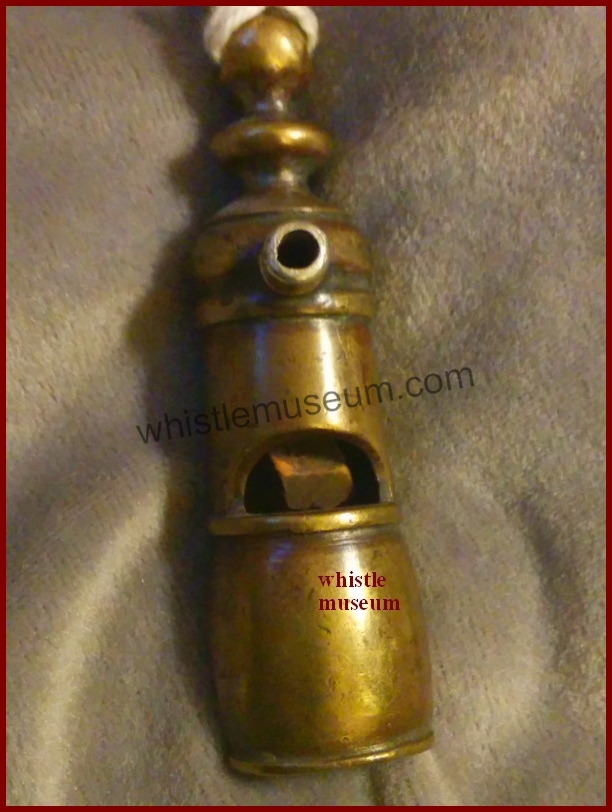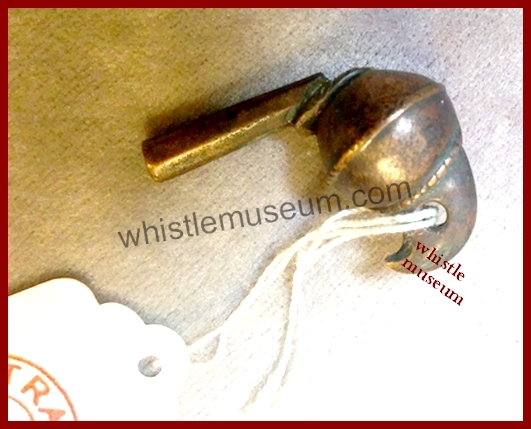Dixon & Sons Animal Head whistles. Part I. c. A. Strauss
This is part of a very long article to come, Here you can see the First part.
to Part I.a Round Whistles
 James Dixon & Sons Dog Whistles, Dog’s Head whistles Models #17, # 16, #29 From his 1883 catalogue.
James Dixon & Sons Dog Whistles, Dog’s Head whistles Models #17, # 16, #29 From his 1883 catalogue.
Dixon started making Animal head whistles c. 1850, by 1883 there were at least
6 Dog’s head models and 5 Boar’s head whistles.
All appeared in Catalogues as Dog Calls.
Dog’s Head Whistles
Pointer’s head whistle was made in 4 materials :
Ivory,
Bone &
Britannia metal
Pressed Metal
The fipple was called TONGUE and made of Ebony wood, Glass eyes were used.
 Ivory Dog whistle Dated 1853 (Courtesy of whistlecollection)
Ivory Dog whistle Dated 1853 (Courtesy of whistlecollection)
Price List & Drawings animal head whistles, Used Dog Calls, taken from J. Dixon & Sons 1883 Catalogue.
 Above Model #16S. Model #16S in Ivory, Small size, under 2 inch
Above Model #16S. Model #16S in Ivory, Small size, under 2 inch
Model #16 Ivory Middle size.

A Dated Example, Dec. 24 1864 Model #17
Large size with Ebony tongue-fipple.
Model #19 was the same as #17 but made in Bone
Both large size and Window up.We have no record of a model #18.
It may well be that by 1883 they stopped the production of model #18
which I believe was the same as model #17 but in BRITANNIA METAL.
( Pewter & Britannia Metal Dog head whistles are the more commonly met with, and were made in England & Germany. T. Yates made many variations and it seems very likely that Dixon & Sons made these as well, but it is a subject I still have to carefully check in order to make a definitive conclusion. Note that there are Britannia metal models mentioned in the catalogue excerpt which had not yet surfaced or identified, If you suspect you do have one, kindly send a photo)
 Dixon & Sons, Model #17 Large, Ivory Ebony Tongue and glass eyes.
Dixon & Sons, Model #17 Large, Ivory Ebony Tongue and glass eyes.
4 Dog head models had window down
Model # 16S very small in Ivory
#16 Ivory window down Middle size.
Model #29 was made in pressed horn, Window down
angled body.
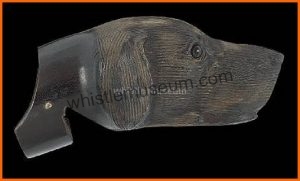
#30 was the same as #29 but in Britannia Metal.
An actual example of #30 was not yet seen by the author.
Boar’s Head Whistles
All 5 Models with window downward.
Dixon & Sons Whistle Model #24, Pressed Horn.
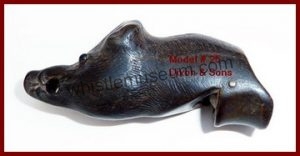
Boar’s head whistles were used in 5 models,
pressed horn (M#24)
Pressed Horn with White eyes (#25).
Three Models of the Boar’s head were made in Britannia metal with ebony tongue, 3 sizes small, middle, & large (#26, #27, #28).
No actual example of the Britannia metal ones has yet surfaced.
Full article in 9 sub-parts and links;
James Dixon & Sons Whistles & History In the 19th Century. A. Strauss
The full article is in 9 sub-parts.
Part I (6 chapters)
1) Brief History and data (19th Century)
2) Early Period Round Whistles and ‘The sheffield Mouthpiece & Fipple’ I. a.,
3) Round Ivory & Horn I.b.
4) Animal Head Whistles, I.c.
5) Round Brass & German Silver Whistles. Signal Whistles and ‘Pig nose’ Whistles
I.d.
6) Round Britannia Metal Whistles & Model #49. Part I.e.
Part 2, More whistles by Dixon & Sons, including
7) Beauforts,
8) Extractors, combination whistles, Shooting Gudgets and other combination whistles. II. .b
9) James Dixon & Sons Other Rare Whistle Models & Designs. II.c.
Article, Photos and content by Avner Strauss, all rights reserved ,
no part of this webpage is to be used without the explicit permission of the owner. Email : info@avnerstrauss.com
Comments & question are welcom.
Whistle museum.
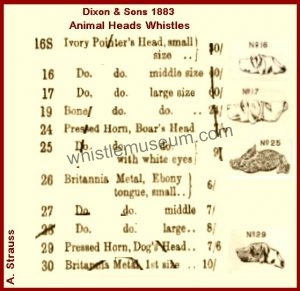
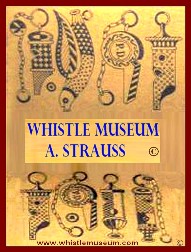
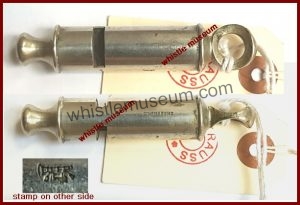
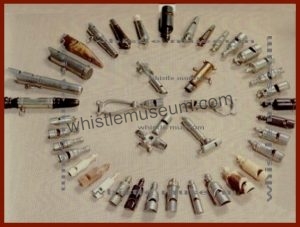
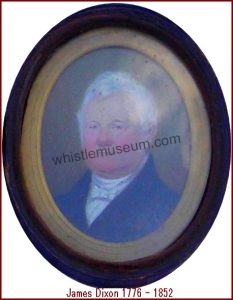

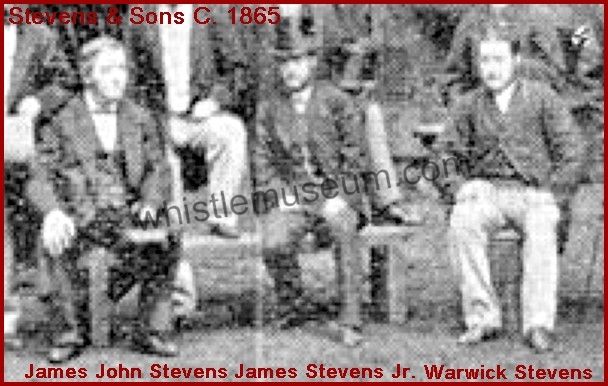

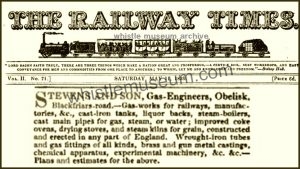
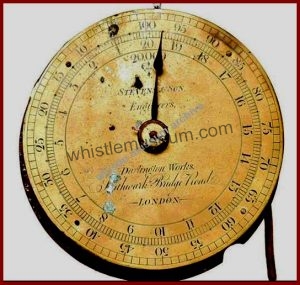
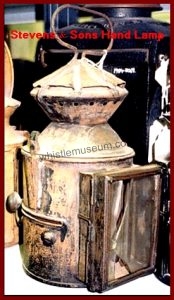
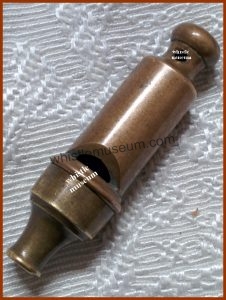
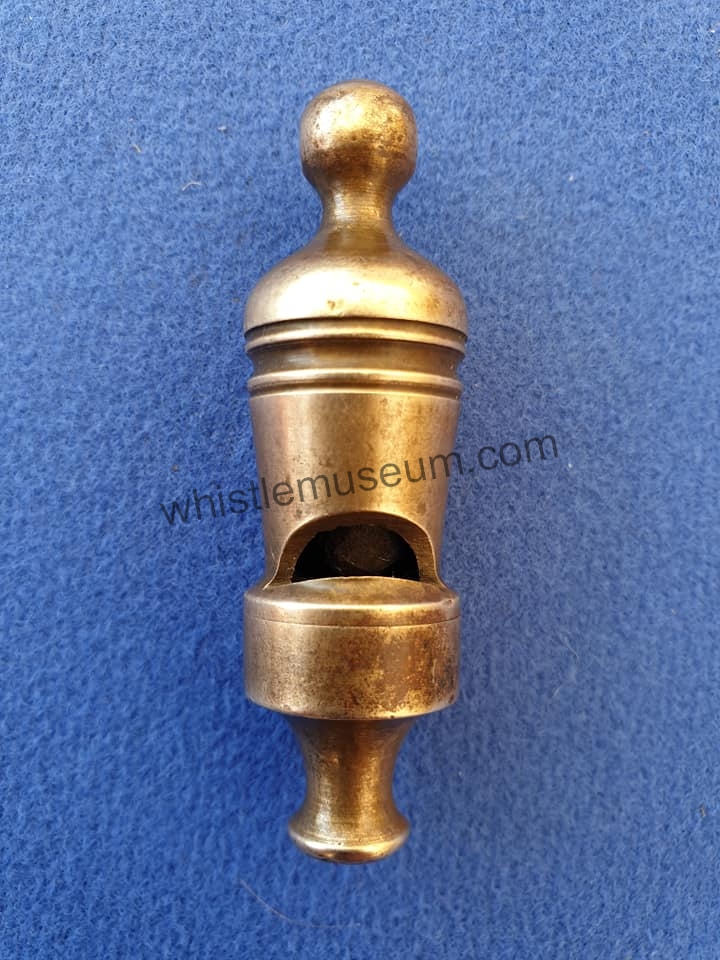



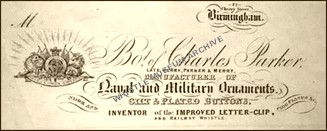

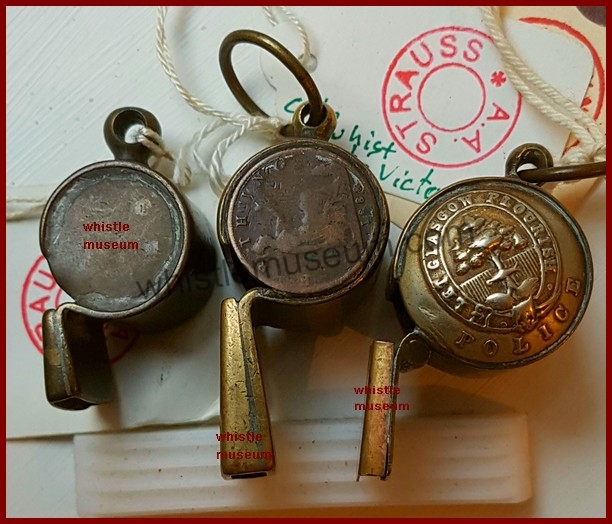 attributed to Black showed, All 5 piece London type snail ( Escargot ) whistles.
attributed to Black showed, All 5 piece London type snail ( Escargot ) whistles.

